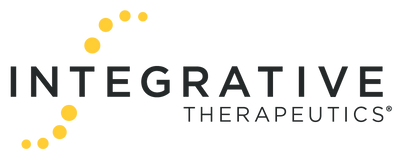Articles
Articles written by integrative clinicians and experts regarding health conditions, ingredients, dosing, and product benefits.
Clinician Tools
Drug-Nutrient Interactions
Use this reference tool to identify potential interactions between prescription drugs and nutrients.
Check for interactions- Choosing a selection results in a full page refresh.

